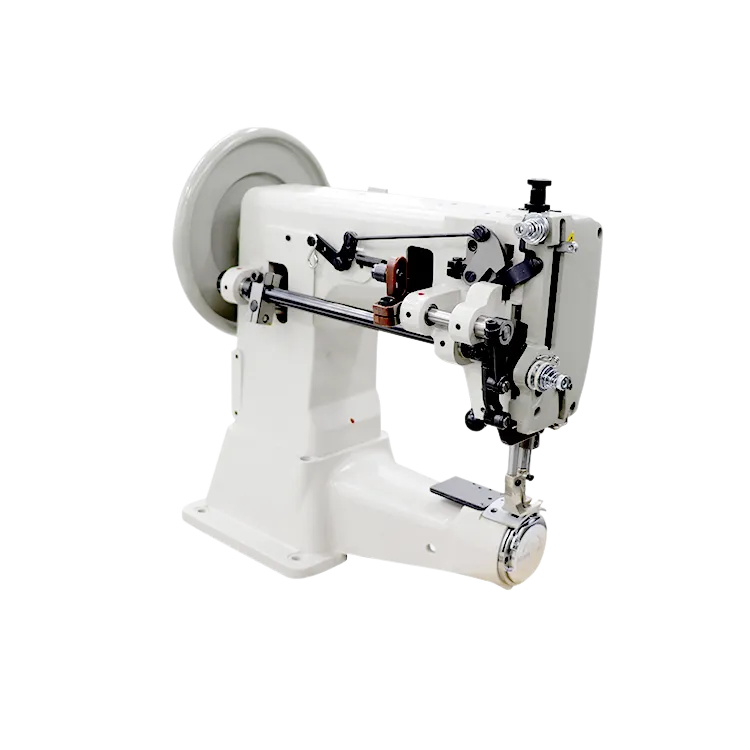Efficient High-Speed Overlock Sewing Machines for Professional Garment Production and Seam Finishing Solutions
The Evolution and Impact of High-Speed Overlock Sewing Machines
In today’s fast-paced textile and garment industry, efficiency and precision are of utmost importance. Among the myriad of sewing machines available, the high-speed overlock sewing machine stands out as an essential tool for both home sewers and industrial manufacturers. This innovative device not only enhances the speed of sewing operations but also improves the quality of seam finishing, making it a vital asset for modern textile production.
Understanding High-Speed Overlock Sewing Machines
High-speed overlock sewing machines, often referred to as sergers, are designed to trim, stitch, and overcast the edges of fabrics simultaneously. Typically, these machines operate at speeds exceeding 7,000 stitches per minute, significantly faster than standard sewing machines. This remarkable speed allows for quicker production cycles, which is crucial in an industry where timely delivery can significantly impact competitiveness.
The design of high-speed overlock machines features multiple needles and loopers that work in sync to create a serged edge. This method not only prevents fraying but also produces a clean, professional finish, essential for woven and knit fabrics. The capability to sew different types of stitches, including rolled hems and flatlock seams, further increases the versatility of these machines, making them suitable for a wide range of sewing applications, from fashion design to home decor.
Benefits in the Textile Industry
The introduction of high-speed overlock sewing machines has revolutionized production methods in the textile industry. One of the most significant benefits is productivity. With the ability to sew faster and with more precision, manufacturers can fulfill higher volume orders without compromising quality. This efficiency is particularly beneficial in today’s market, where consumer demand for trendy and affordable clothing is ever-increasing.
high speed overlock sewing machine

Additionally, these machines contribute to cost-effectiveness. Although the initial investment in a high-speed overlock sewing machine can be substantial, the long-term savings realized through increased output and reduced labor costs often justify this expense. Automated features and user-friendly interfaces in modern models further enhance usability, allowing even novice operators to achieve professional results with minimal training.
Quality and Aesthetic Enhancement
Beyond speed and efficiency, high-speed overlock sewing machines play a crucial role in enhancing the quality and aesthetic appeal of finished garments. The clean edges produced by overlocking not only improve garment durability but also elevate the overall look by providing a polished finish. High-quality seams are vital for meeting customer expectations, particularly in the fashion industry where the slightest flaw can lead to significant dissatisfaction and returns.
Moreover, these machines enable designers to incorporate unique elements into their collections. With capabilities for intricate stitching techniques, such as decorative overlocks and multi-thread patterns, high-speed overlock machines allow for creativity and innovation. This flexibility can be the key differentiator in highly competitive markets, allowing brands to stand out with distinctive designs.
Future Trends
As technology continues to advance, the future of high-speed overlock sewing machines appears promising. Innovations such as computerized controls, integrated cutting systems, and enhanced automation are expected to further streamline the sewing process. The integration of sustainability practices, such as fabric-saving features and energy-efficient operations, will also likely gain traction as the industry shifts towards more environmentally friendly practices.
In conclusion, high-speed overlock sewing machines are instrumental in shaping the future of the textile industry. Their ability to provide rapid, high-quality production is indispensable for manufacturers seeking to meet the demands of the modern market. As technology evolves, these machines will surely continue to play a pivotal role in defining the standards of excellence in garment manufacturing, ultimately benefiting both producers and consumers alike.
-
Leather Sewing Machine: The Industrial Standard for Tough MaterialsNewsJul.18,2025
-
Sail Making Machine: Heavy-Duty Stitching for Industrial and Marine NeedsNewsJul.18,2025
-
Sling Sewing Machine: The Backbone of Heavy-Duty FabricationNewsJul.18,2025
-
Leather Sewing Machine: Precision for Heavy-Duty StitchingNewsJul.18,2025
-
Big Bag Sewing Machine: Powering the Future of Bulk PackagingNewsJul.18,2025
-
FIBC Sewing Machine: Essential Equipment for Bulk Bag ProductionNewsJul.18,2025
-
Heavy Duty Leather Sewing Machine: A Must-Have for Professional LeatherworkNewsMay.28,2025





























